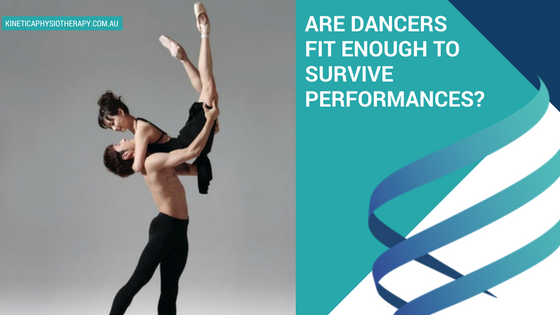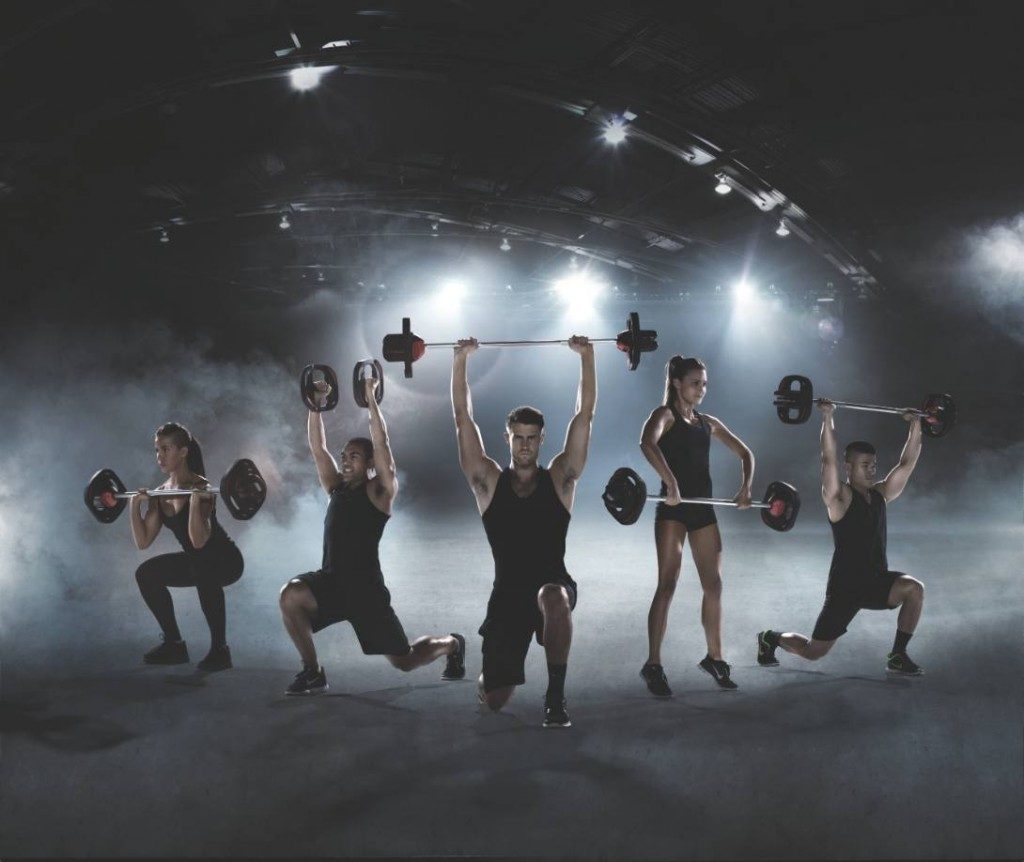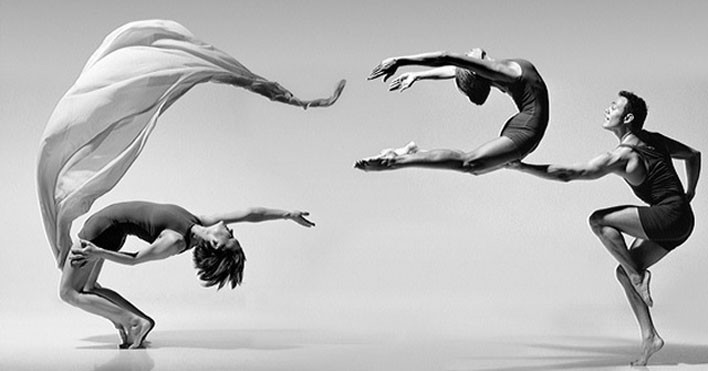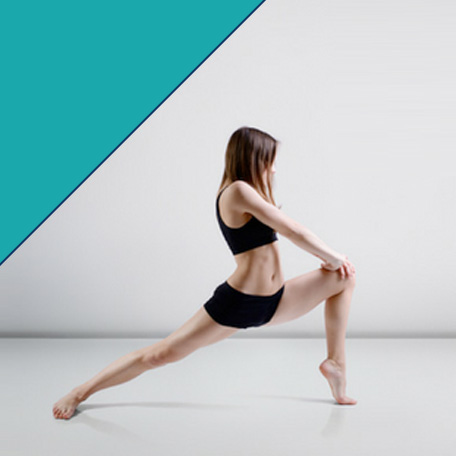
I’ve recently returned from the International Association of Dance Medicine and Science (IADMS) conference in Hong Kong, where I was inspired by new research into what it takes for dancers to become “performance fit”. The topics raised are highly relevant at this time of the year. It’s concert time, it’s high burnout time and it’s hot on the heels of Eisteddfod/competition season. If we are to commit to protecting our dancers from injury, we really need to prepare our students to thrive, not just survive.
One of the central themes of this conference examined the physicality and fitness required for dancing. How do we gain this fitness and how do we better prepare our dancers? Questions from researchers included:
- How do we better understand the fitness and physical demands of the choreography?
- How can dance fitness be assessed and trained in the studio?
- Are dance classes and rehearsals enough to make the dancer performance ready?
- Do dancers need additional strength training to improve their performance parameters?
Weights training is good
Evidence shows that supplementary weight training is beneficial for ballet dancers. It has been shown that increasing muscular strength, power and endurance levels directly improve dance performance and reduce injury rates[1]. With 85% of professional dancers having at least one injury in their first year due to inadequate fitness, the dancing profession knows we need to better prepare our students. More and more dance physiotherapists and teachers are encouraging that a strength program can be beneficial at the pre-professional level.
There are obvious barriers to overcome for dancers when adding another thing to their busy schedules such as: fatigue from overtraining, time commitments, and the incessant fear of building bulky muscles.
Get the blood pumping
It is interesting to note that usually class work alone does not prepare a dancer adequately for the demands of performance. Consider that individual class exercises are on average 45 seconds. This fails to prepare a dancer either in terms of cardiovascular fitness, or power required [2], [3] to run a high-intensity solo in excess of 2 minutes [4]. With most performances extending in intensity for upwards of an hour [5]; we need more! Surveys also suggest there is a misconception amongst female dancers that they should avoid weight training, as they assume it will build unnecessary muscle bulk. However, a dance specific, physiotherapist guided strengthening program showed no correlation between improving muscle strength and increased thigh circumference[6].
Variety is name of the game
In addition to strength training, research experts recommended additional strategies to prepare our dancers adequately for the demands of performance. These include: High Intensity Interval Training, circuit training, pilates and core strengthening. Each of these address specific needs and not all are suitable for every dancer. Every program should be individualised and tailored.
If you’re interested in commencing a strength program or need to address some aspect of your fitness levels, call today to make a dance appointment with one of our friendly team and they can help give you the tools, knowledge and program to get you started! Kinetica Physiotherapy will gladly help you achieve your dance and fitness goals, allowing you to put your dancing body on stage.
Good luck in achieving your individual fitness goals, and we wish you a safe and injury-free concert season.
References
[1] Hadfield, A., Angioi, M., Twycross-Lewis, R. (2016). The effects of supplemental strength and fitness training on performance parameters and injury rates in ballet dancers: a systemic review. Paper presented at International Association of Dance Medicine and Science Conference, Hong Kong
[2] Wyon, M. & Redding, E. (2005). The physiological monitoring of cardiorespiratory adaptationsduring rehearsal and performance of contemporary dance. Journal of Strength and Conditioning Research. 19(3): 611-614.
[3] Wyon, M. Abt, G., Redding, E., Head, A., & Sharp, C.C. (2004). Oxygen uptake during modern dance class, rehearsal, and performance. J Strength Condit Res, 18(3):646-649
<sup[4] Fuller, M & Peirce, D (2009). Screening practices in dance: applying the research. Dance Dialogues: Conversations across cultures, artforms and practices. http://ausdance.org.au/articles/details/screening-practices-in-danceapplying-the-research
[5] Needham-Beck, S., Redding, E., & Wyon, M. (2016). Determining the cardiorespiratory demand of contemporary dance repertoire. Paper presented at International Association of Dance Medicine and Science Conference, Hong Kong
[6] Hadfield, A., Angioi, M., Twycross-lewis, R. (2016). The effects of supplemental strength and fitness training on performance parameters and injury rates in ballet dancers: a systemic review. Paper presented at International Association of Dance Medicine and Science Conference, Hong Kong
Did you find this article interesting? We’d love to hear your stories so please feel free to share in the comments below.





